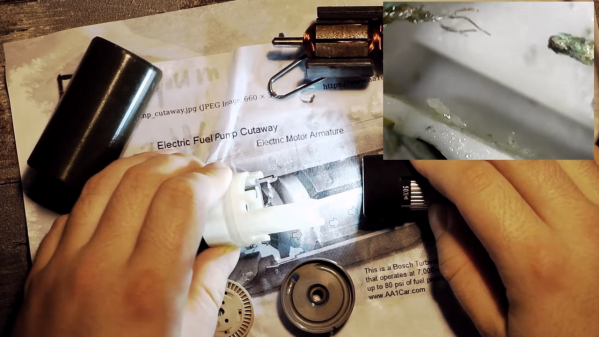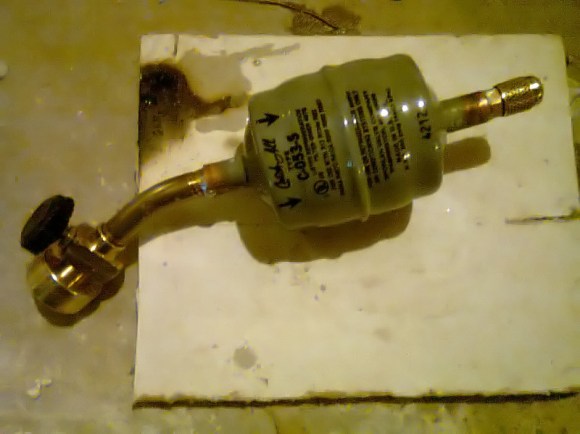Though oddly beautiful in its own way, it’s a sight no astronaut wants to see: their spacecraft, the only way they have to return to Earth, ejecting countless iridescent droplets of something into space.
When the crew of Apollo 13 saw their craft literally bleeding out on their trip to the Moon it was clear the mission, and ultimately their lives, were in real jeopardy. Luckily the current situation is not nearly as dire, as the leaking Soyuz MS-22 spacecraft docked to the International Space Station doesn’t pose any immediate danger to those aboard the orbiting laboratory. But it’s still an unprecedented situation, and getting its crew home will require engineers on the ground to make some very difficult decisions.
This situation is still developing, and neither NASA nor their Russian counterpart Roscosmos have released much in the way of specifics. But we can make some educated guesses from the video and images we’ve seen of the stricken Soyuz capsule, and from what’s been shown to the public so far, things aren’t looking good.
Continue reading “Damaged Soyuz May Leave Crew Without A Ride Home”















